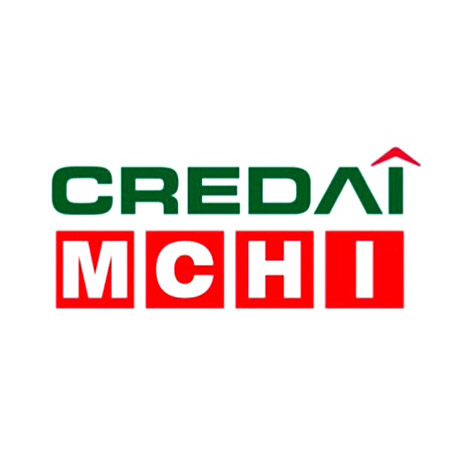Revitalizing Real Estate: A Blueprint for Affordable Housing in Budget 2024-25
Ar. Keval Valambhia, COO, CREDAI-MCHI kvalambhia@gmail.com / keval@mchi.net +919870985061 With the Union Budget 2024-25 on the horizon, the real estate sector eagerly anticipates the Modi 3.0 regime’s response to its pressing needs. The sector is hopeful for measures to boost the sentiment. The future of the sector hinges on comprehensive infrastructure development to enhance urban living standards and promote new growth areas. The talk in the real estate sector is, ‘will the government finally grant industry status to the entire housing sector? And will it take effective steps to rejuvenate the affordable housing segment, which has been struggling since the pandemic?’ According to research by CREDAI-MCHI, the Indian housing market has shown remarkable resilience in 2024. Housing sales have reached unprecedented levels in the top seven cities, with sales hitting a record 4.93 lakh residential units in FY23-24, and 4.47 lakh units launched. Nevertheless, sustaining this momentum is crucial, especially as the current growth is skewed towards mid-range and premium housing. It is very important to note that the housing needs of India’s lower-income groups cannot be met if the focus remains solely on higher-priced homes, while affordable housing continues to decline. Affordable housing has seen a significant downturn since 2021, dropping from over 26% of the market in 2022 and over 38% in 2019, to approximately 20% in Q1 2024. The share of affordable housing in the overall supply in the top seven cities also plummeted to 18% in Q1 2024, from nearly 40% in 2019. Many incentives for buyers and developers of affordable housing have lapsed in the last two years, exacerbating the issue. High-impact measures such as tax breaks are needed to revitalize this crucial segment. Furthermore, it is suggested that the government reintroduce the 100% tax holiday for affordable housing developers. This benefit, previously available under Section 80-IBA of the Finance Act, 2016, provided significant tax relief on profits from affordable housing projects. Such incentives are crucial to encourage developers to focus on affordable housing. Reviving the Credit-Linked Subsidy Scheme (CLSS) under the Pradhan Mantri Awas Yojana (PMAY) is essential. This scheme, which expired in 2022, provided subsidies to first-time buyers of affordable homes and should be reinstated. The CLSS was available for housing loans to Economically Weaker Sections (EWS) and Lower Income Groups (LIG) for new constructions and home improvements. Reintroducing this subsidy will stimulate demand in the affordable housing segment. There is also a pressing need to redefine the criteria for affordable housing to broaden the benefits for home buyers. According to the Ministry of Housing and Urban Poverty Alleviation, affordable housing is defined by property size, price, and buyers’ income. Currently, it is described as a house with up to 90 sq. m. of carpet area in non-metropolitan cities and 60 sq. m. in major cities, priced up to Rs 4.5 million. However, these price caps are not viable in many cities. For instance, in Mumbai, a budget of Rs 4.5 million is unrealistic. Even the government-owned MHADA houses start at a threshold of Rs. 6 million The threshold should be increased to at least Rs 8.5 million for Mumbai and Rs 6.0-6.5 million for other major cities. This adjustment would allow more homes to qualify as affordable, enabling buyers to benefit from lower GST rates and government subsidies. By taking a practical viewpoint, I would rather suggest removing the price cap from the definition of affordable housing and declaring all homes under 60 sq m as affordable homes to boost the affordable housing sector in India. CREDAI-MCHI’s research underscores the urgent need for the government to implement these changes. By addressing these issues, the government can ensure inclusive and holistic development, help Mumbai maintain its economic leadership, and meet the housing needs of an urban population projected to reach 590 million by 2030. The real estate sector stands at a critical juncture, and the upcoming Union Budget provides an opportunity for transformative measures. By adopting these recommendations, the government can foster a more balanced and inclusive housing market, benefiting millions of citizens. The author is an urban planner and an architect and is the Chief Operating Officer of CREDAI-MCHI and the bravery award winner from the United Kingdom.
Revitalizing Real Estate: A Blueprint for Affordable Housing in Budget 2024-25 Read More »















